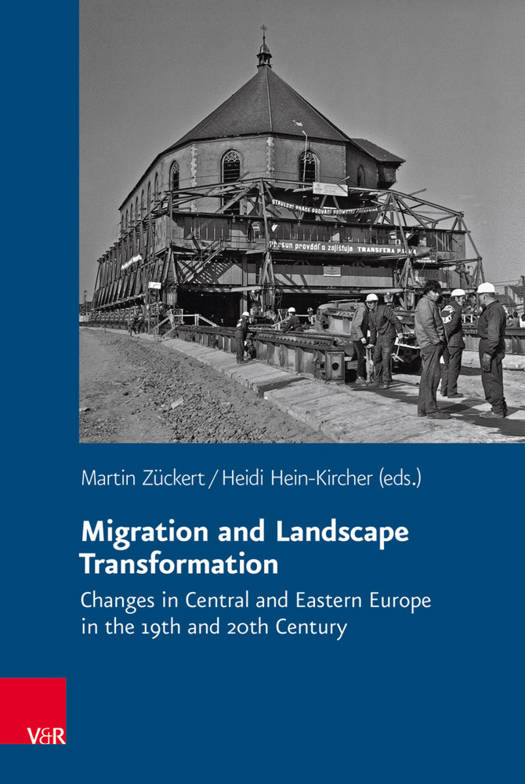
- Afhalen na 1 uur in een winkel met voorraad
- Gratis thuislevering in België vanaf € 30
- Ruim aanbod met 7 miljoen producten
- Afhalen na 1 uur in een winkel met voorraad
- Gratis thuislevering in België vanaf € 30
- Ruim aanbod met 7 miljoen producten
Zoeken
Migration and Landscape Transformation
Changes in Central and Eastern Europe in the 19th and 20th Century
€ 74,45
+ 148 punten
Omschrijving
Many of the landscapes of East Central and Eastern Europe have been lastingly altered by the effects of migration, and especially of the forced migrations that occurred there during and immediately after the Second World War. The authors of this volume investigate on the basis of Czech, Polish, Hungarian and Russian examples (among others) how these modifications occurred. At the centre of attention in the book is state-sponsored landscape planning in the context of state-controlled migration as well as the actions and attitudes of the migrants themselves and the ways in which they interacted with their landscape. In addition to looking at these factors, the authors also examine interpretations and modes of representation of landscape change in schoolbooks and on educational nature trails.
Specificaties
Betrokkenen
- Uitgeverij:
Inhoud
- Aantal bladzijden:
- 205
- Taal:
- Engels
- Reeks:
- Reeksnummer:
- nr. 134
Eigenschappen
- Productcode (EAN):
- 9783525373132
- Verschijningsdatum:
- 15/02/2016
- Uitvoering:
- Hardcover
- Formaat:
- Genaaid
- Afmetingen:
- 160 mm x 236 mm
- Gewicht:
- 476 g

Alleen bij Standaard Boekhandel
+ 148 punten op je klantenkaart van Standaard Boekhandel
Beoordelingen
We publiceren alleen reviews die voldoen aan de voorwaarden voor reviews. Bekijk onze voorwaarden voor reviews.







